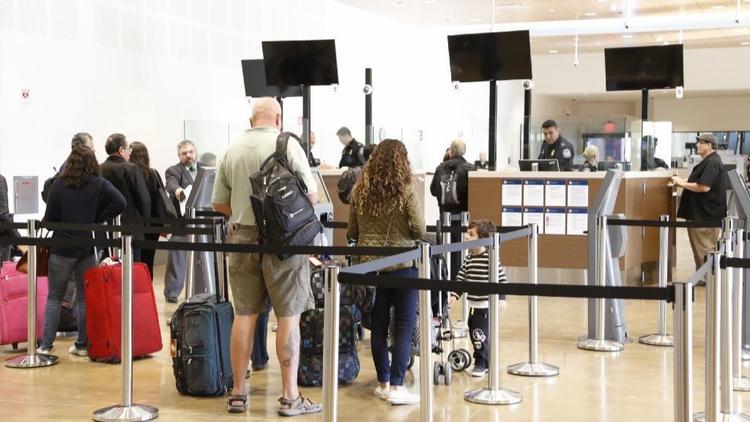When the Cross-Border Express, the pedestrian bridge linking San Diego to Tijuana’s airport, opened in late 2015, it quickly became a powerful, tangible sign of San Diego’s evolving relationship with Tijuana, a symbol of the ways that the two cities have become a single integrated metropolitan area, much like Minneapolis-St. Paul or Dallas-Fort. Worth. The only difference, of course, is that San Diego and Tijuana are separated not just by a few miles, but by an international boundary too.
I lived in both San Diego and Tijuana during most of the 1990s and remember feeling back then that the cities were even further apart in their day-to-day life than they were on the map. San Diego was a beautiful, well-developed, if slightly insular city. Tijuana was rough, poor and often violent, though also highly entrepreneurial. Overall the two cities couldn’t have been more different.
Then again, much can change in 20 years. In this period, Tijuana reinvented itself. Its economy shifted from piece-work to advanced manufacturing, a solid middle class emerged, and it laid the groundwork for an incipient technology industry.
At the same time, the wine country in the Guadalupe Valley became a magnet for tourists from north of the border, and Tijuana’s culinary scene took off, from taco stands and food carts to craft breweries and high-end restaurants. And the city’s music scene exploded, from the symphony and the opera to electronica and alternative rock, building on the city’s hybrid identity at the border.
San Diego changed too. Once content to be a beautiful beachside community, city leaders yearned to make it one of America’s great cities, anchored by top-notch educational institutions, a flourishing arts scene, and a modern economy driven by technological innovation. The absence of a true international airport made this hard. So too did the region’s smaller size compared to the Los Angeles and Bay Areas.
Somewhere along the way, city leaders on both sides of the border began to notice each other and see their complementarities rather than just the differences. After all, the two economies were already growing closer together, with similar industries in each city, and both now had flourishing cultural scenes and respected research facilities. There had always been a few visionaries, like Chuck Nathanson of San Diego Dialogue, and businessman and philanthropist Malin Burnham, who had seen this potential, but over the last decade, this awareness began to spread.
The Smart Border Coalition, Tijuana Innovadora, the San Diego Association of Governments, universities on both sides of the border and a number of civic organizations played key roles in building the connective tissue that began to tie the two cities together. The San Diego Chamber of Commerce and the Tijuana Economic Development Council began a series of visits to Washington, D.C., and Mexico City to highlight these connections and advocate for efficient border policies that would make the border less of an obstacle to engagement.
“We don’t talk about two cities; we talk about one region,” San Diego Mayor Kevin Faulconer told me when I interviewed him for my book “Vanishing Frontiers” about the ties between the two cities.
What started as a pragmatic business arrangement between the two big cities across the border — a shared airport that resolved a concrete problem for San Diego and brought benefits to Tijuana and a bit of planning around border crossings — has led to a mutual discovery that the cities had more in common than anyone realized. Relationships and new avenues for collaboration began to be built — between universities, museums, innovation clusters, environmental activists and education professionals.
Today San Diego and Tijuana are leading the way in showing how twin cities separated by a border can work together. Together they constitute the largest single metropolitan region that spans an international boundary anywhere in the world.
In Washington, politicians talk about building a wall across the southern border, but San Diego and Tijuana have decided instead to build bridges so that they can become a single metro region with a shared future.
And, of course, that one very real bridge across the border fence linking San Diego to the Tijuana airport remains a visible reminder of what the two cities can achieve together when their leaders put their minds to it. It’s a lesson that our national political leaders in Washington, D.C., and Mexico City would be wise to learn from.





